detail profile jimena monteoliva
Peran Yang Di Mainkan Jimena Monteoliva
 A Californian backpacker travels to Buenos...
A Californian backpacker travels to Buenos...Underground Orange 2024
A Californian backpacker travels to Buenos Aires to pay homage to the Argentine pirate who conquered his hometown of Monterey in 1818. Along the way, he becomes entangled in a polyamorous relationship with a gang of young actors who plot to kidnap the U.S. Ambassador.
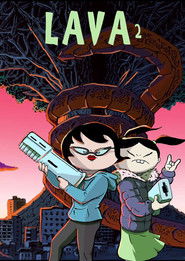 Lava 2019 the animated film Ayar Blasco...
Lava 2019 the animated film Ayar Blasco...Lava 2 (The New Narciso Show) 2023
Lava (2019), the animated film Ayar Blasco presented at the 34th edition of the Mar del Plata Film Festival, left many subplots unresolved in a sci-fi narrative in which an alien civilization dominated the planet through technological devices. This incompleteness, which could then be attributed to the director’s aesthetics, always free and prone to absurdity, was actually a pause that now, four years later, is resumed. The protagonist continues to be Débora, a somewhat insecure tattoo artist who ends up involved in the resistance when a new batch of invaders threatens to wipe out every single record of the human race. With the childlike strokes and the uncontrollably innocent humor characteristic of him, Blasco continues to shape his own epic, a hallucinated version of El Eternauta, with click beetles and all.
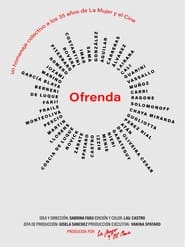 The year 2023 marks the 35th anniversary...
The year 2023 marks the 35th anniversary...Offering 2023
The year 2023 marks the 35th anniversary of the association La Mujer y el Cine, and 43 female directors have come together to deliver a fragment of their gaze, a frame, an aesthetic and ethical decision, a tribute to women who anticipated the struggle. A leap into the void made by women filmmakers of different ages and backgrounds. United, in a sort of electronic loom, as an offering and a legacy in which a moment in the history of Argentine cinema is told, where we were all one, with our eyes on the past, our gaze on the present and the horizon full of the future.
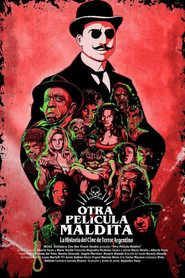 A history of Argentine horror cinema...
A history of Argentine horror cinema...Another Cursed Movie 2023
A history of Argentine horror cinema, from its beginnings in 1934 to present day. It is a path of defeat, dead-end streets and triumphs, where the protagonists will lead us through the lesser known hallways of local horror.
 Mara Fernanda and Roberto have a...
Mara Fernanda and Roberto have a...The Laziness 2021
María Fernanda and Roberto have a tortuous relationship: they spend most of their day fighting. Problem is, their fights irradiate a laziness wave that overcomes little by little all of humanity. Both of them will have no other choice but to work out their problematic relationship, before the Laziness Wave destroys the world.
 Two sisters marked by their mothers...
Two sisters marked by their mothers...Expansivas 2020
Two sisters marked by their mother’s murder years before find the murder weapon and the clues that lead her to the perpetrator.
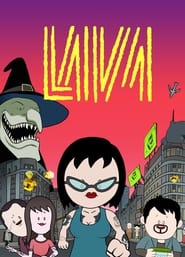 Deborah makes a living by drawing...
Deborah makes a living by drawing...Lava 2019
Deborah makes a living by drawing the skin of her clients. One night, her housemate invites her boyfriend and friend to their house. Sitting in the armchair, they consume the series of the moment, Gain of Clones, until, suddenly, the signal is cut off and the screen is dyed red while subliminal images float. No one remembers what happened the last two minutes. The answer will be in the enigmatic presence of giant cats that will later invade the city.
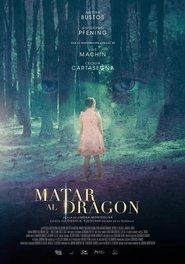 The nightmarish tale of two siblings...
The nightmarish tale of two siblings...To Kill The Dragon 2019
The nightmarish tale of two siblings cruelly separated as kids. The youngest, Elena, is confined to the world of darkness, where she leads a miserable life. The eldest, Facundo, remains in paradise, where he lives a peaceful life as a doctor with his wife and two daughters. 25 years later, the two are reunited to face the family tragedy that separated them.
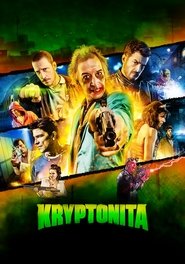 Movie adaptation of Leonardo Oyolas novel...
Movie adaptation of Leonardo Oyolas novel...Kryptonita 2015
Movie adaptation of Leonardo Oyola's novel, which tells the story of the legendary DC comics superhero, Superman, if he, instead of falling in Smallville from Krypton, would have landed in the heart of Isidro Casanova, in La Matanza, deep in the west side of Buenos Aires.
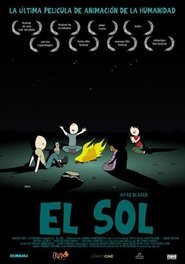 Checo and Once are two difficult...
Checo and Once are two difficult...The Sun 2012
Checo and Once are two difficult teenagers who live and survive in Buenos Aires after a nuclear explosion with which the film begins. It turns the world to ashes, bringing incomprehensible social changes. But for Checo and Once, who are used to an uncertain existence, not much changes in this post-apocalyptic world.
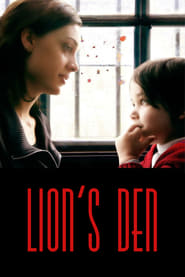 Julia a 25 yearold university student two...
Julia a 25 yearold university student two...Lion's Den 2008
Julia, a 25 year-old university student, two weeks pregnant, with no criminal record, is sent to prison. Julia murdered the father of her child. This story addresses maternity, jail and Justice; confinement, guilt and solitude; but above all it deals with Julia and her son, Tomas, born inside an Argentinean prison.
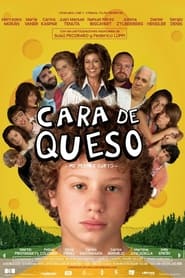 It tells the story of four...
It tells the story of four...Cheese Head 2006
It tells the story of four Jewish boys during a few summer days at the country club where their parents take them, on the outskirts of Buenos Aires, in 1993. Within the club, the four define themselves as outsiders, since they do not participate in the sports activities that are practiced there, and therefore do not fit into the logic that governs the place, being permanently bothered and mocked by the rest of the children of their age.
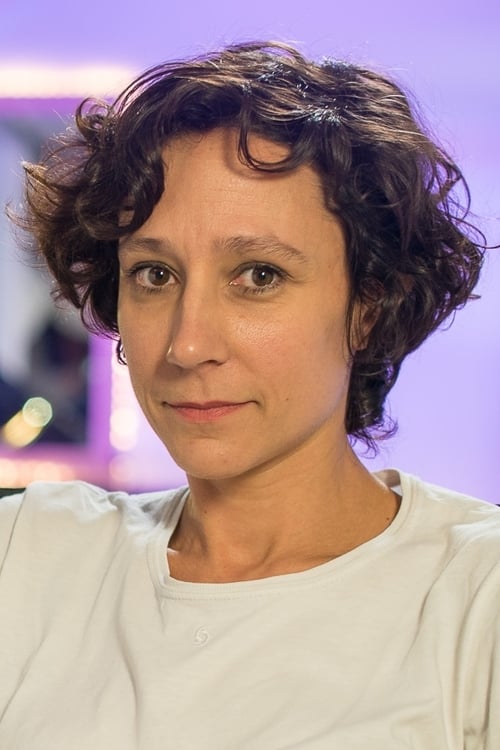
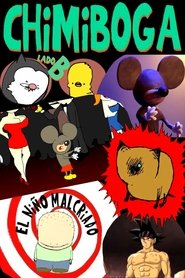 Compendium of videos animated by Ayar...
Compendium of videos animated by Ayar... To escape the leader of a...
To escape the leader of a... A woman is in shock at...
A woman is in shock at...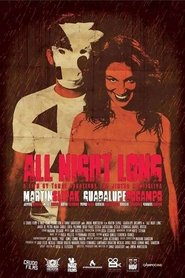 An argentinian couple in a party...
An argentinian couple in a party... A teaching assistant at a private...
A teaching assistant at a private...